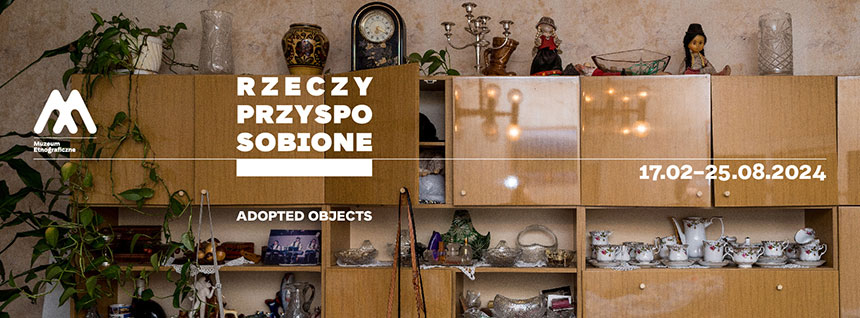Broadly defined as application of scientific practices to the adversary process aiming at establishing material truth and specifically referring to scientific tests and techniques used in detection of crime, the term “forensics” has been increasingly used beyond the CSI contexts and applied in humanities, thanks, among others, to Roma Sendyka.
The forensic perspective is concerned with the process of public production of meaning (the Latin word forensis meaning “out of the forum” and thus “public”) and the role of material witnesses in uncovering facts about the past. When there are no human witnesses, material evidence – like things and elements of natural environment – help in reconstructing past events.
Common poppy (Papaver rhoeas)
flowering plant in the poppy family Papaveraceae
growing in Sępolno, Wrocław
“There are things that could be given away or sold […] but I really like that in some locations the plants planted by German gardeners are still there and resist any attempt to move them or get rid of them. For example, common poppies: they would always regrow in the same spot. This is really astounding, no matter how hard one tries to uproot them and move them somewhere else, they always come back – and moved to a different site, they would not grow there but reappear in their previous site. That’s really strange. They always come back, always” (Zuzanna).
Plants are often what connects a site’s prewar and postwar landscape. Like a linden tree planted in the 1930s to commemorate the birth of one’s granddaughter which she came to see again several decades later, now an old tree in the garden of the house her family had to leave after the war. Nature has its roots in the past and it is never a passive background for enfolding events but an active participant. It may obliterate the past by overgrowing and covering its material evidence but it may also testify to what transpired. For example, the layers of plant overgrowth that have covered the prewar landfill in Niskie Łąki in Wrocław occasionally reveal what’s underneath: the underground deposits of things from the prewar era which attract lovers of history and vintage artefacts.
